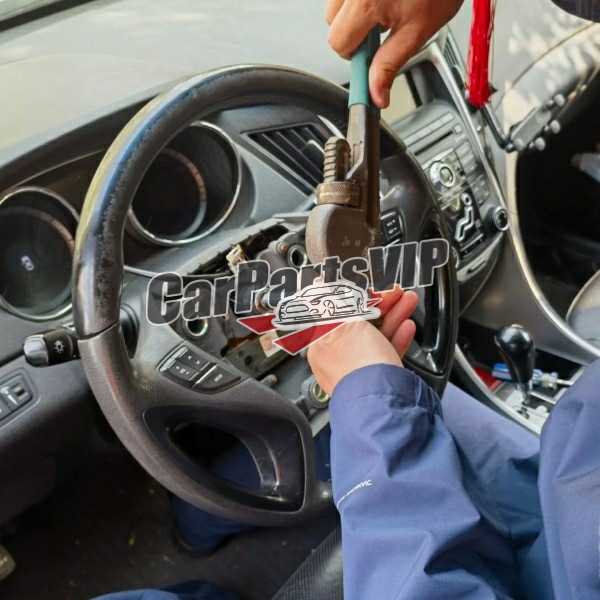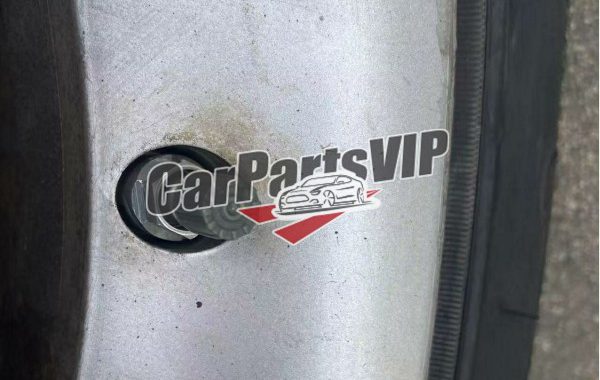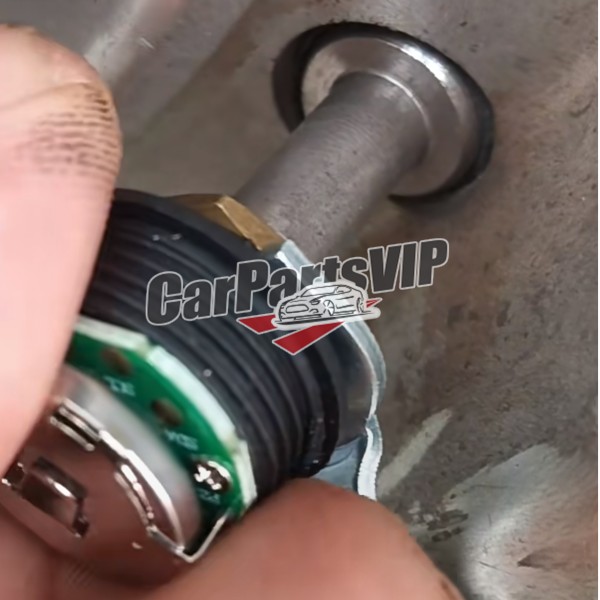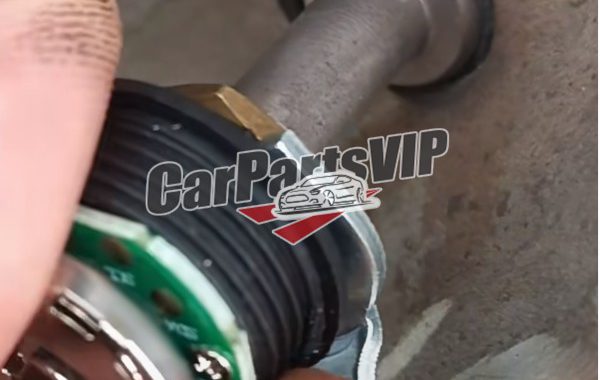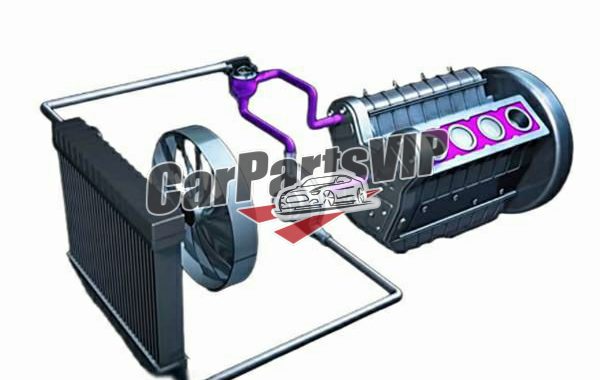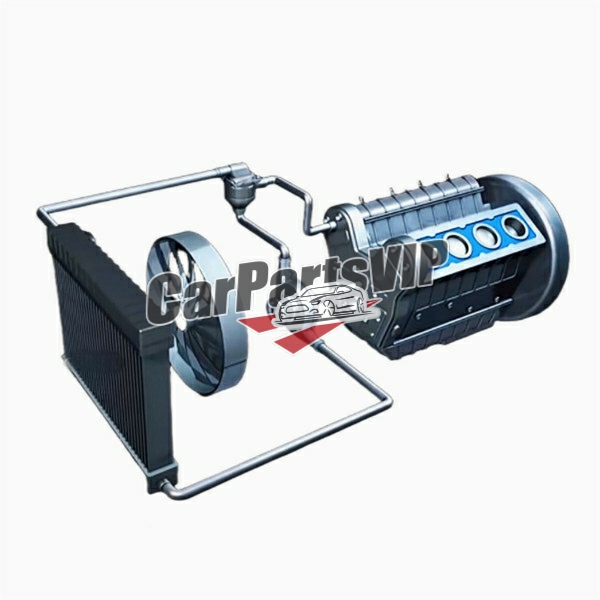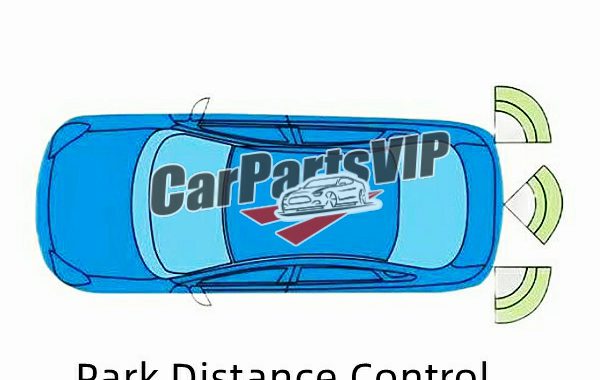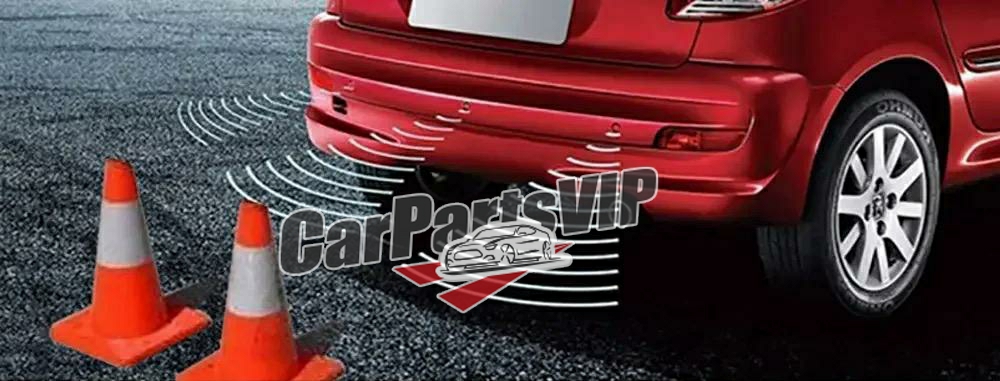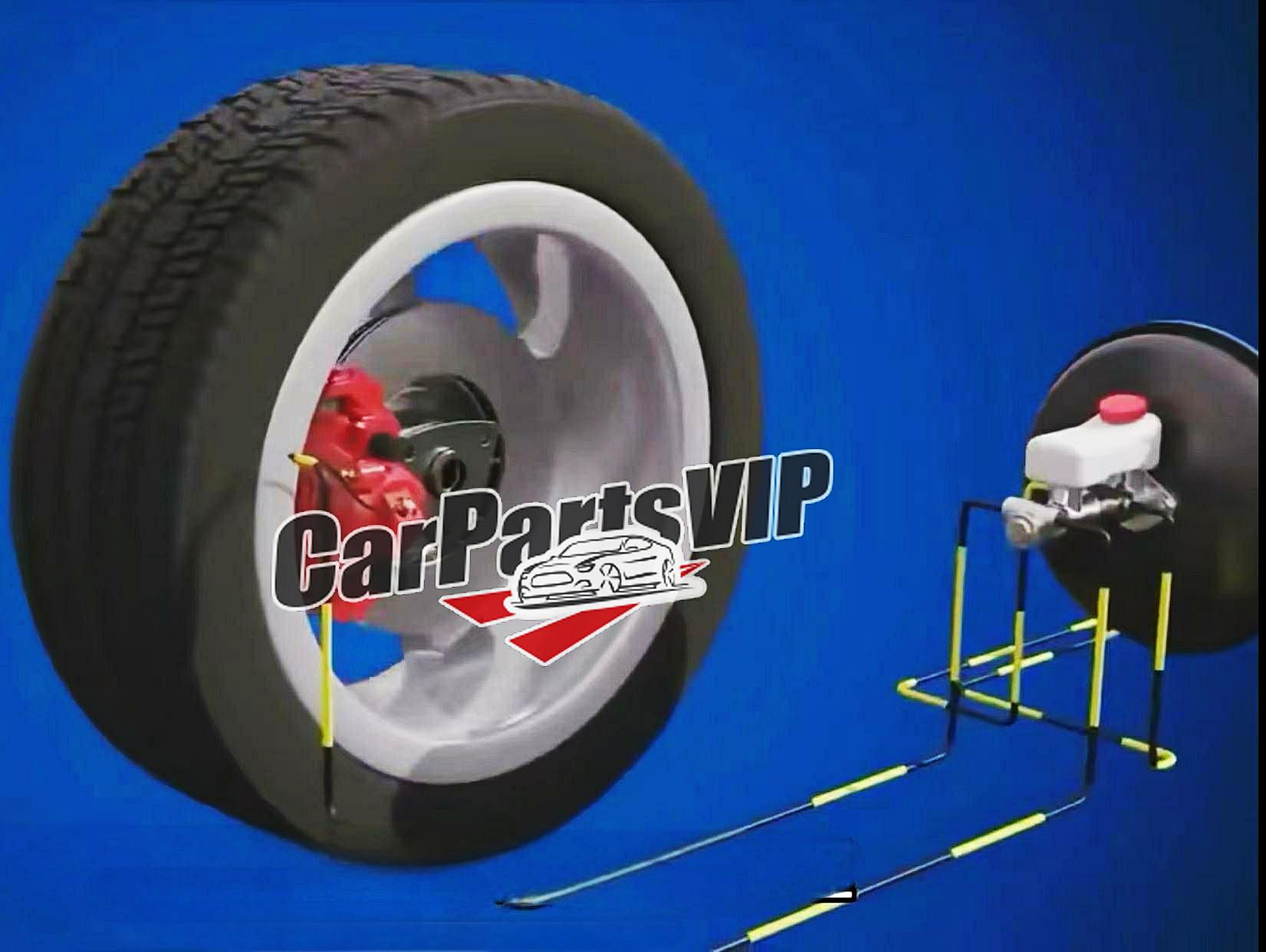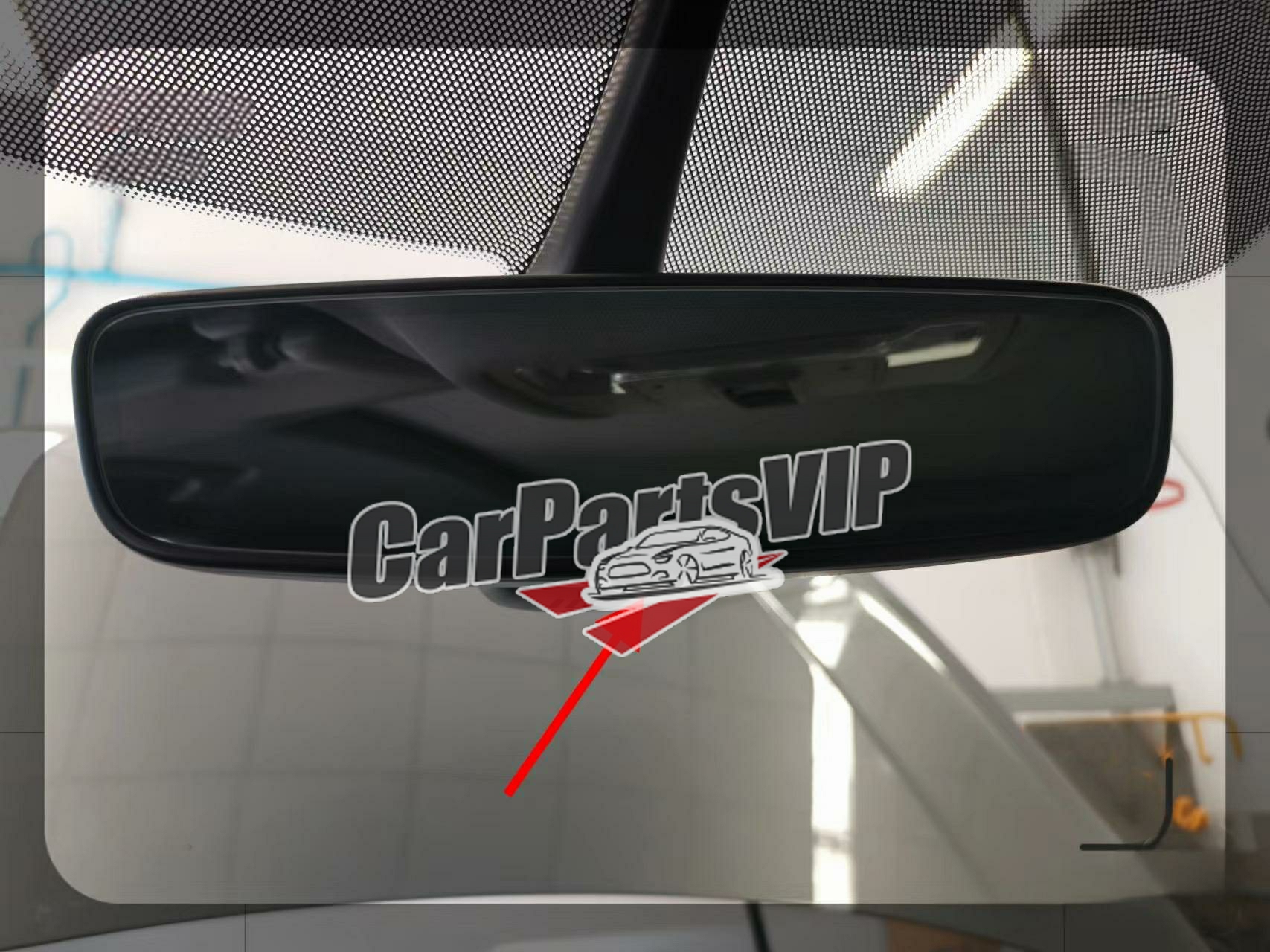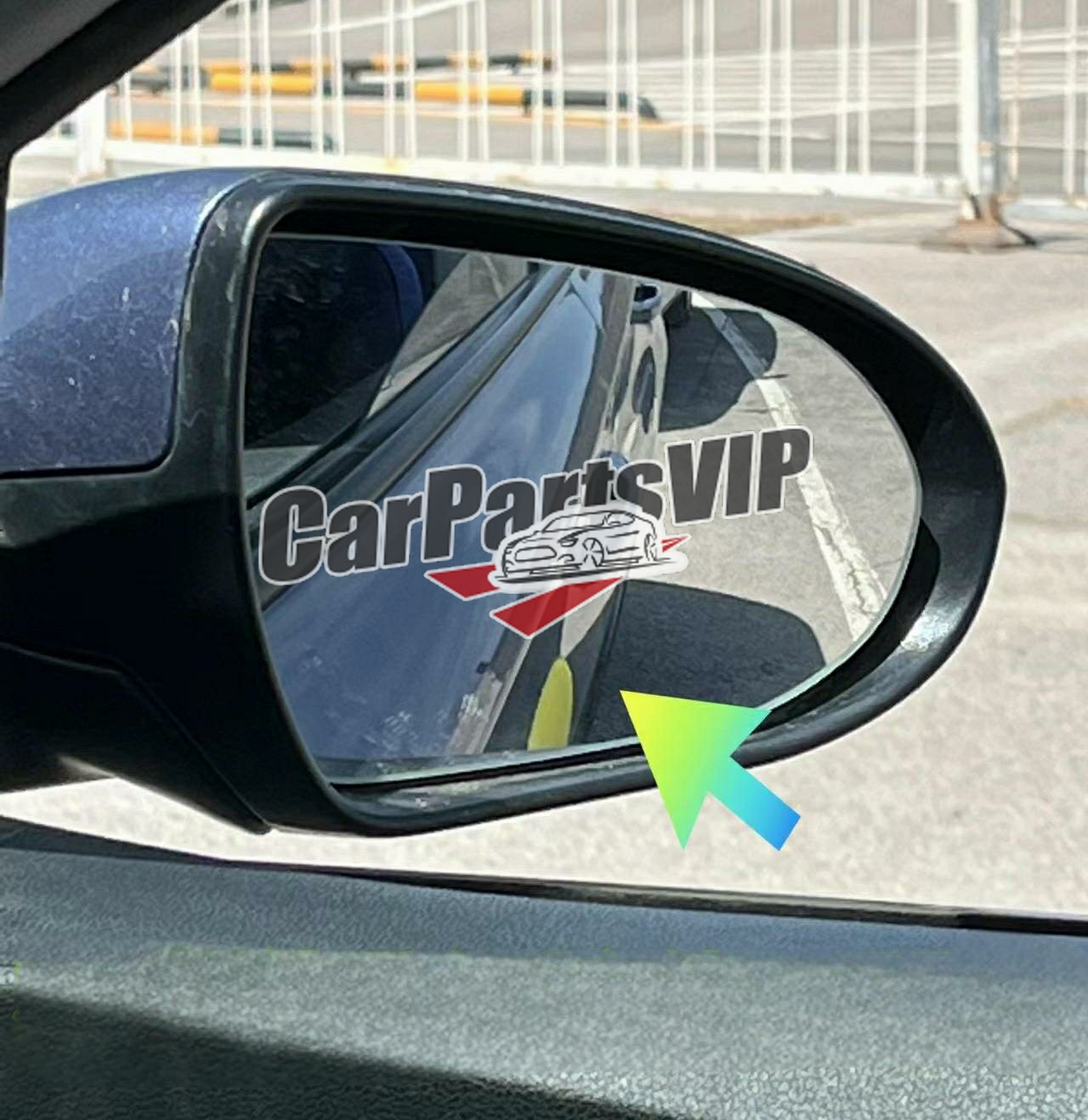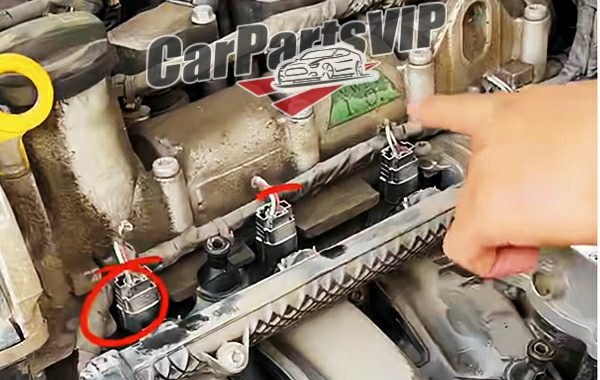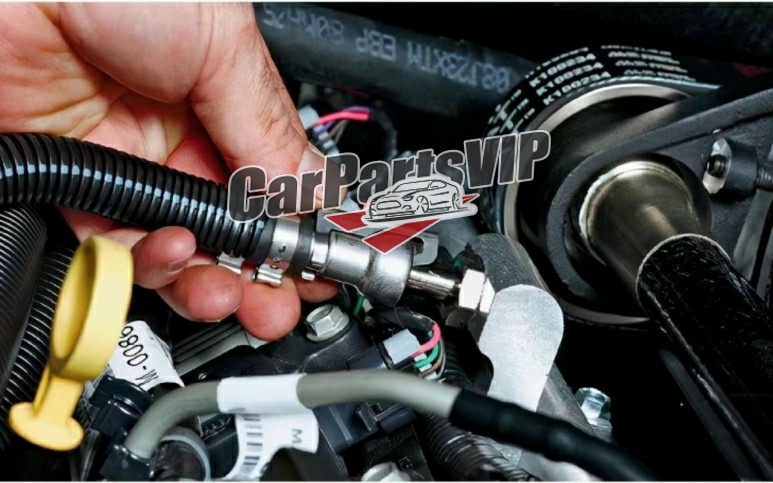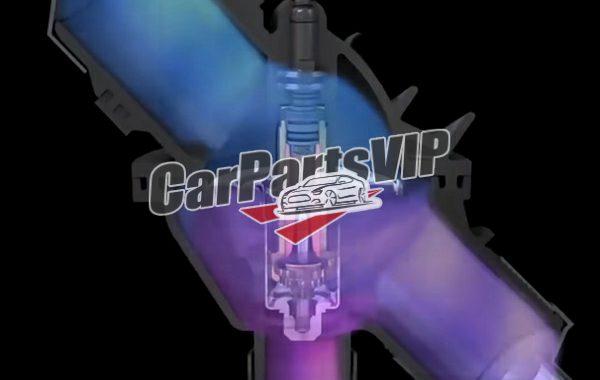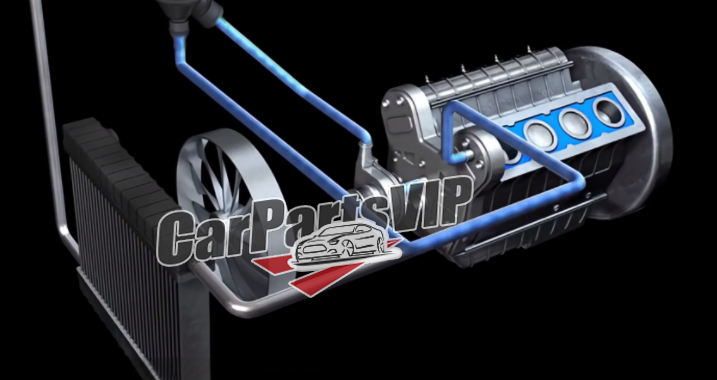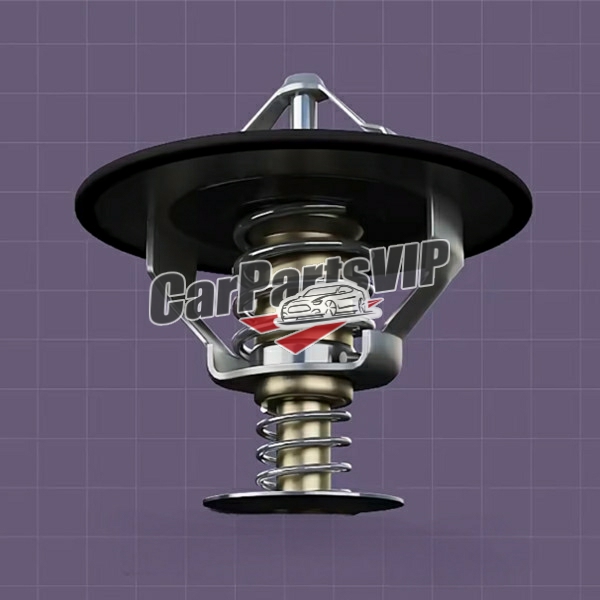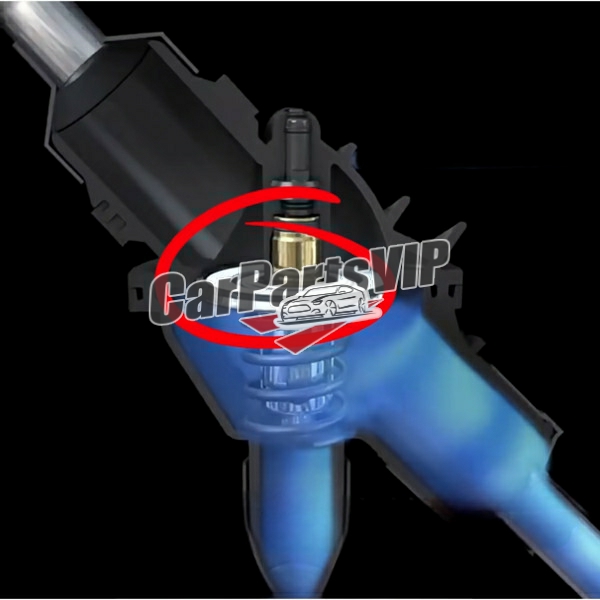Repairing your car’s clock spring (or spiral cable) can be a little tricky and requires caution, as it is a critical part of your car’s airbag system. It connects the steering wheel to the car’s electrical system, allowing features like the horn, airbags, and cruise control to work while still allowing the steering wheel to turn. It’s not an easy task, so replacing a faulty clock spring is usually a better option than repairing it. Here’s a guide to help:
1. Disconnect the battery
Disconnect the battery, safety first. Disconnect the negative terminal of the vehicle’s battery before starting. This prevents any electrical problems, accidental airbag deployment, or short circuits when working around the airbag system and steering column. A simple wrench is enough to loosen the bolt on the negative terminal of the battery. Once loosened, completely unplug the cable from the battery column.
2. Remove the airbag
Be careful when working on the airbag and make sure the vehicle is completely powered off. Use a screwdriver or special tool to unscrew the airbag module from the steering wheel and carefully disconnect the airbag wiring from the clock spring. Once the airbag is out, you may need to disconnect the electrical connector connected to it. On most cars, the airbag is secured by screws or bolts on the back of the steering wheel. Some vehicles also come with a plastic panel that needs to be removed to expose the airbag mounting screws. After removing the airbag, you will find an electrical connector that connects to the vehicle’s electrical system. Gently disconnect it to fully release the airbag. Always be careful when handling airbags, as they are explosive devices. Avoid touching the airbag deployment area
3. Remove the steering wheel
After removing the airbag module, you will see a large center nut that holds the steering wheel in place. At this time, you can use the steering wheel rail to remove the center nut that holds the steering wheel. Be sure to pay attention to the accurate alignment of the steering wheel on the shaft, as you will need to realign it during installation. If the steering wheel does not come off easily after loosening the center nut, you may need a steering wheel puller. This tool can help remove the steering wheel without damaging the column or clock spring underneath. Before removing the steering wheel, mark its position on the steering column with a marker so that it is accurately aligned when reassembled.
4. Locate and check the clock spring
The clock spring is a coiled wire device located just below the steering wheel. It is essential for maintaining electrical connections for devices such as the horn, airbags, cruise control, and steering wheel buttons, while allowing the steering wheel to rotate freely. The clock spring may be secured with screws or clips. Remove these fasteners with a screwdriver, then carefully pull out the clock spring. Be sure not to yank on the wires, or they will be damaged. Look for any visible damage, such as broken wires, fraying, or obvious cracks in the plastic casing. If you find any problems, replace them in time.
5. Replace the clock spring (if damaged)
If the clock spring is broken, you need to replace it with a new one. Be sure to get the correct part number and make sure the replacement clock spring matches the model and year of your vehicle. If you are unsure, you can get the part number from the damaged car and consult an auto parts supplier. Before installing a new clock spring, make sure the internal coil is properly aligned (do not over-wind or loosen it). If the coil is not aligned, it may break when the steering wheel is rotated. Some clock springs have indicators (such as arrows) to show the correct alignment. Slide the new clock spring into place and secure it with screws or clips to ensure it is properly seated. Make sure the spring is centered so it has a full range of motion and does not break when you reinstall the steering wheel.
6. Reinstall the steering wheel
Put the steering wheel back together, making sure the clock spring is aligned correctly. Align the steering wheel with the mark you made earlier and bolt it back to the steering column, tightening the center nut. Reinsert the airbag’s electrical connector and secure the airbag module back to the steering wheel. Make sure the mounting bolts or screws are tight. Once everything is back in place, reconnect the battery and tighten it. Carefully reassemble everything, starting with the steering wheel, airbag module, and electrical connector.
7. Test the system
After reassembly, check to make sure everything is working properly. Turn on the vehicle and check the airbag light on the dashboard, test the horn, cruise control buttons, and any other steering wheel controls to make sure everything is working properly.
Tips:
During the operation, work carefully and slowly, and never break or misplace parts because of haste. Always be careful when operating the airbag. Improperly aligning the steering wheel during operation can cause the clock spring to break when you turn the steering wheel, so make sure it is positioned exactly as it was before removal.

